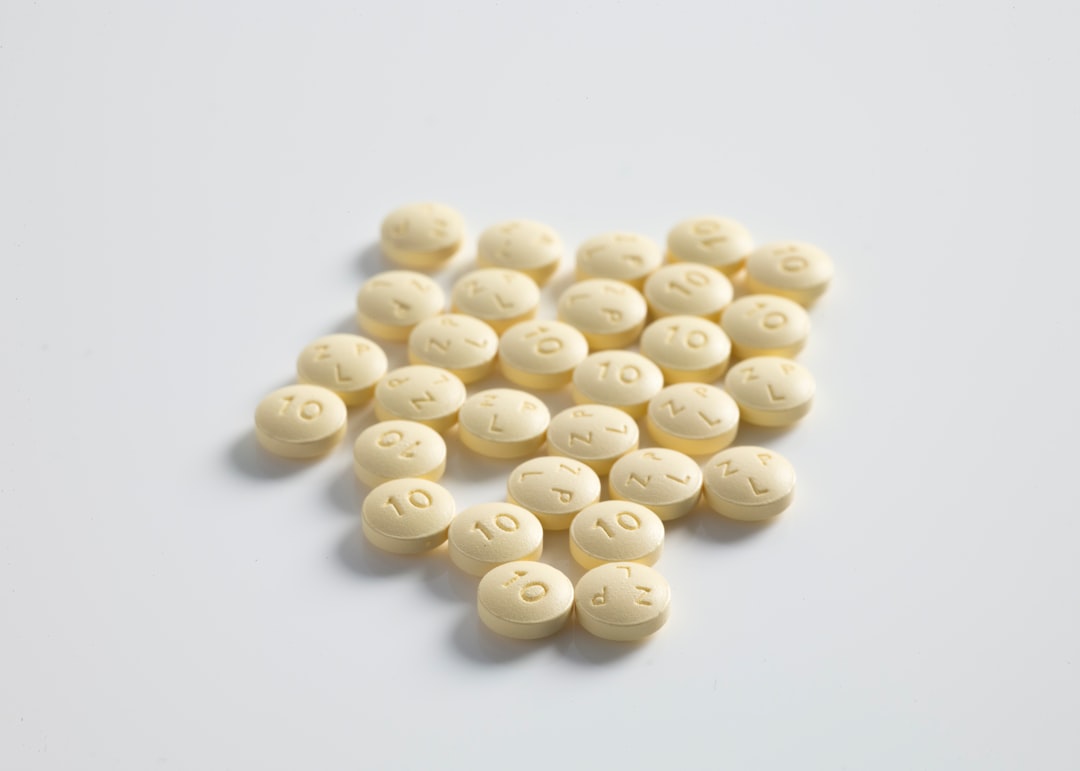What is it about?
We summarise our perspectives on the use of atomic force microscopy (AFM) to characterise systems that target the delivery of drugs, such as nanoparticles and nanofibres. Papers selected from 2015-2018 are reviewed following a detailed introduction to the AFM technique. The main review sections are ordered into areas of increasing AFM complexity: imaging/particle sizing, surface roughness/quantitative analysis of images and analysis of force curves (to extract nanoindentation and adhesion data).
Featured Image

Photo by freestocks.org on Unsplash
Why is it important?
Advances in nanomedicine are dependent on developments in the characterisation of nanoscale drug delivery systems. This paper scopes the field and includes comments from the authors whom have used AFM for many years.
Perspectives
AFM imaging/sizing is used extensively for the characterisation of nanoparticle and nanofibre drug delivery vehicles, with surface roughness and nanomechanical/adhesion data acquisition being less common. The field is progressing into combining AFM with other techniques, notably SEM, ToF-SIMS, Raman, Confocal and UV. Current limitations include a 50 nm resolution limit of nanoparticles imaged within live cells and AFM tip-induced activation of cytoskeleton proteins. Following drug release real-time with AFM-spectroscopic techniques and studying drug interactions on cell receptors appear to be on the horizon. A free postprint is available from the resources section (right-hand-side panel). Section 1.1 provides a short summary on the basics of the AFM technique.
Dr James R Smith
University of Portsmouth
Read the Original
This page is a summary of: Characterization of drug delivery vehicles using atomic force microscopy: current status, Expert Opinion on Drug Delivery, November 2018, Taylor & Francis,
DOI: 10.1080/17425247.2018.1546693.
You can read the full text:
Resources
Contributors
The following have contributed to this page










